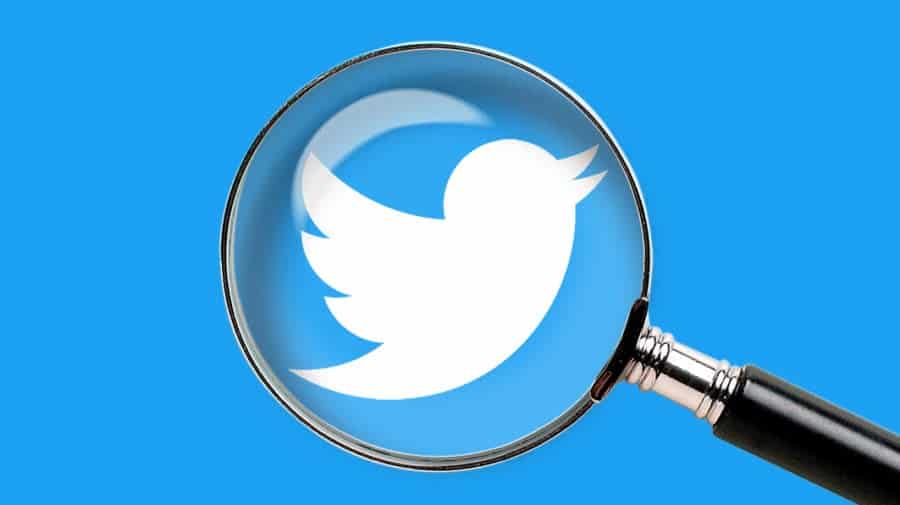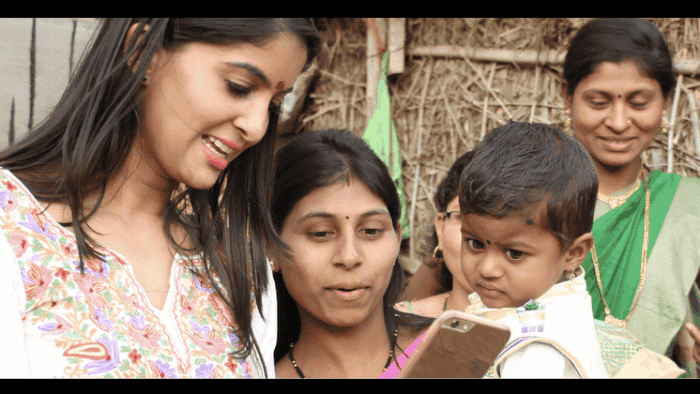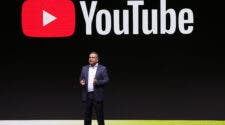The Indian government announced new digital media guidelines on February 25. They require powerful social platforms to shoulder more responsibilities. At the same time, they name the most popular platforms in the country, including WhatsApp, YouTube, Facebook, Instagram and Twitter.
According to the Ministry of Electronics & IT (MeitY), social platforms are becoming increasingly popular in India. As the world’s largest open network society, the Indian government welcomes social platforms to operate or make money in the country. But they must comply with India’s decree. Although social platforms promote local communication on the one hand, they also have a negative impact. This includes spreading fake news, nude photos, etc. Moreover, some companies abuse relevant platforms for unethical competition and allow people to post insults, defamation, obscene content, or religious disrespect. In addition, more criminals use social platforms to recruit manpower, incite violence or endanger public order.
Also Read: India Wants To Take Control Over Facebook And Other Social Media
However, these social platforms lack a sound reporting mechanism. So users have nowhere to complain, and social platforms often restrict or remove users’ accounts inexplicably. The department believes that the current social platforms no longer play a purely intermediary role. They are more like publishers, and should apply India’s regulations on print or television media.
How Does India Control Social Platforms?
The new law requires social media to set up three roles in the local area, including a compliance supervisor to ensure compliance with local laws, a complaint supervisor responsible for handling user complaints on the platform, and a 24-hour standby law enforcement agency contact window. These companies should publish reports every month to reveal the complaints of users and the handling methods. India also requires social platforms to remove content that violates the regulations within 24 hours of receiving the notification.
According to statistics from MeitY, currently the most popular social platform in India is WhatsApp, with 530 million local users. Then we can see YouTube with 448 million users, Facebook with 410 million users, and Instagram with 210 million users. Twitter’s number is the smallest, only 17.5 million.

However, it is Twitter that has recently become susceptible to the Indian government. At the beginning of this year, many farmers used Twitter to protest the agricultural reform plan of the Indian government. The Indian government believed that the labels used by these farmers were unfounded and highly inflammatory. It successively asked Twitter to block at least hundreds of accounts, which forced Twitter to make public announcements. All related actions were executed at the request of the Indian government. In response to the request of the Indian government, Twitter did not accept all orders, insisting on keeping the accounts of several reporters, activists and politicians.





